Roasted vegetable lasagne recipe
I feel like my universe is in a state of transition right now. Although I’m sensing this shift in energy in lots of people, not just me. We’ve transitioned from vacation to school, about to move from summer to fall, and we’re starting to change what we wear. It’s natural for us to adapt from warmer to cooler weather by adding an extra layer or wearing warmer clothes. We can think of food in the same way. It has the ability to warm us up or cool us down. Even the way you cook or don’t cook your food can change how “warming” or “cooling” it is. The most cooling form of a vegetable is its raw state, which is why I favor lots of salads and raw soups like gazpacho in the summer. But today we had the first break in our heat wave and as I scoured the farmers market feeling a little chilly in my short sleeves, I had a hankering for roasted vegetable lasagne.
But before you think of the lasagne you eat in the dead of winter — the heavy, cheesy, carb-y, stick-to-your-ribs-and-thighs kind — think again. Let’s call this one “Transition Lasagne.” It’s warm, flavorful and satisfying, but it’s mostly vegetables with a mere couple of ounces of pasta in the entire pan, so it’s super light too. I also use mozzarella only on the top layer and no one seems to have noticed the difference. If you’ve made lasagne before, you follow the same basic steps of layering except here we use thick slices of roasted vegetables in place of sheets of pasta. There’s still one layer of pasta, though. I tried this with all veggies and it was a little too watery. The top layer of blanched collard greens is really pretty too. I got the idea from NY Times columnist, Martha Rose Shulman, who published a beautiful “Lasgana with Collard Greens” a few months ago. Just like Ms. Shulman’s, not only is this lasagne lighter and fresher than the traditional, but no doubt more healthful too.
This is exactly what I wanted on a day like today and my family was pretty psyched when they came to the table, too. Mr. Picky psyched about vegetable lasagne? Ok, no, he wasn’t. He picked it apart, scraping the cheese off both the pasta and the zucchini so that it was more palatable to him and the eggplant came over to my plate. This is actually progress. Last year he wouldn’t have eaten any of it! Does this make me crazy? Not really. Because I know that transitioning to being a good eater doesn’t just happen with a change in the weather.
- 1 medium eggplant, about 1 ¼ pounds
- 1 ½ pounds of zucchini, about 3 medium, trimmed and cut lengthwise into ½-inch slices
- Olive oil for brushing on vegetables
- Sea salt and freshly ground black pepper
- 3 large collard green leaves
- 3- 3 ½ cups of marinara sauce (depending on how saucy you like it)
- 15 ounce container whole milk ricotta
- 1 large egg (helps to bind the ricotta)
- ½ cup grated Parmesan or Pecorino cheese, divided
- 4 sheets no-boil lasagna noodles or your favorite gluten-free pasta, cooked and drained
- 4 ounces grated mozzarella cheese, about 1 cup
- Preheat oven to 375 degrees. Line 2 baking sheets with unbleached parchment paper.
- Slice the stem off the eggplant and with a vegetable peeler, peel a few strips off the eggplant so that you don’t get 2 end pieces that are all peel. It will be hard to cut through the lasagne otherwise. Slice the eggplant lengthwise into ½-inch slices. Arrange the eggplant in one layer on one baking sheet and the zucchini in one layer on the other. Brush both sides of the vegetables with oil. Sprinkle with sea salt and pepper. Roast until tender, about 30 minutes. Then lower the temperature to 350 degrees.
- Bring a large pot of water to a boil. Add a tablespoon of kosher salt and the collard leaves. Pull them out after 2 minutes.
- In a medium bowl, combine the ricotta, egg and 6 Tablespoons of Parmesan cheese.
- Spread ½ cup of marinara sauce on the bottom of a 13 x 9 baking dish. Arrange the roasted eggplant slices on top of the sauce in one layer, squishing them together a bit so there aren’t too many open spots. Take ⅓ of the ricotta mixture (about ⅔ cup), and with a spoon gently spread it over the eggplant slices. Spread ⅔ - ¾ cup of marinara sauce over the cheese mixture.
- Next, spread half the remaining ricotta mixture over the pasta sheets (I usually hold the pasta in my hands to do this.) Arrange the pasta in one layer over the eggplant/cheese/sauce and top with another ¾ cup of sauce.
- Repeat with the zucchini slices, remaining ricotta mixture and ⅔ - ¾ cup of sauce.
- Finally, place the collard greens in one layer on top. Spread ⅔ - ¾ cup of sauce on top of the greens, then sprinkle the mozzarella cheese and Parmesan over the sauce. Cover the dish tightly with foil and bake for 30 minutes. Remove from the oven, uncover and bake another 15-20 minutes until cheese is bubbly and golden. You can broil the top if it doesn’t brown enough. Lasagne is easier to cut (use a serrated knife) if you allow it to sit for a few minutes.
Vegetables can be cooked the morning of or the day before to save yourself some time.
Related Recipes
Comments
Signup to receive updates about new recipes and more
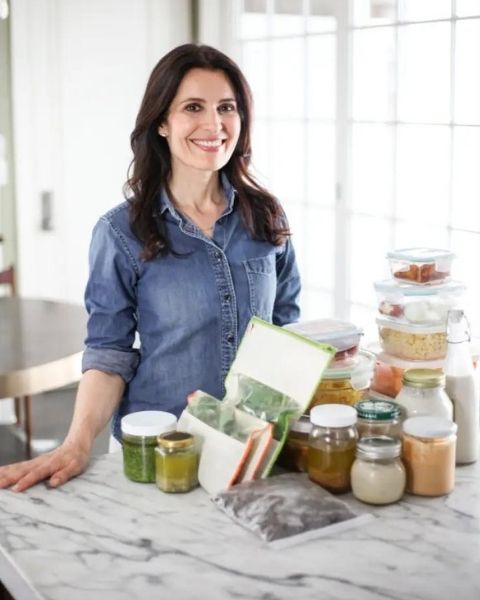
I come from a large Italian-American family with 28 first cousins (on one side of the family!) where sit-down holiday dinners for 85 people are the norm (how, you might ask – organization! But more on that later …).
Some of my fondest memories are of simple family gatherings, both large and small, with long tables of bowls and platters piled high, the laughter of my cousins echoing and the comfort of tradition warming my soul.


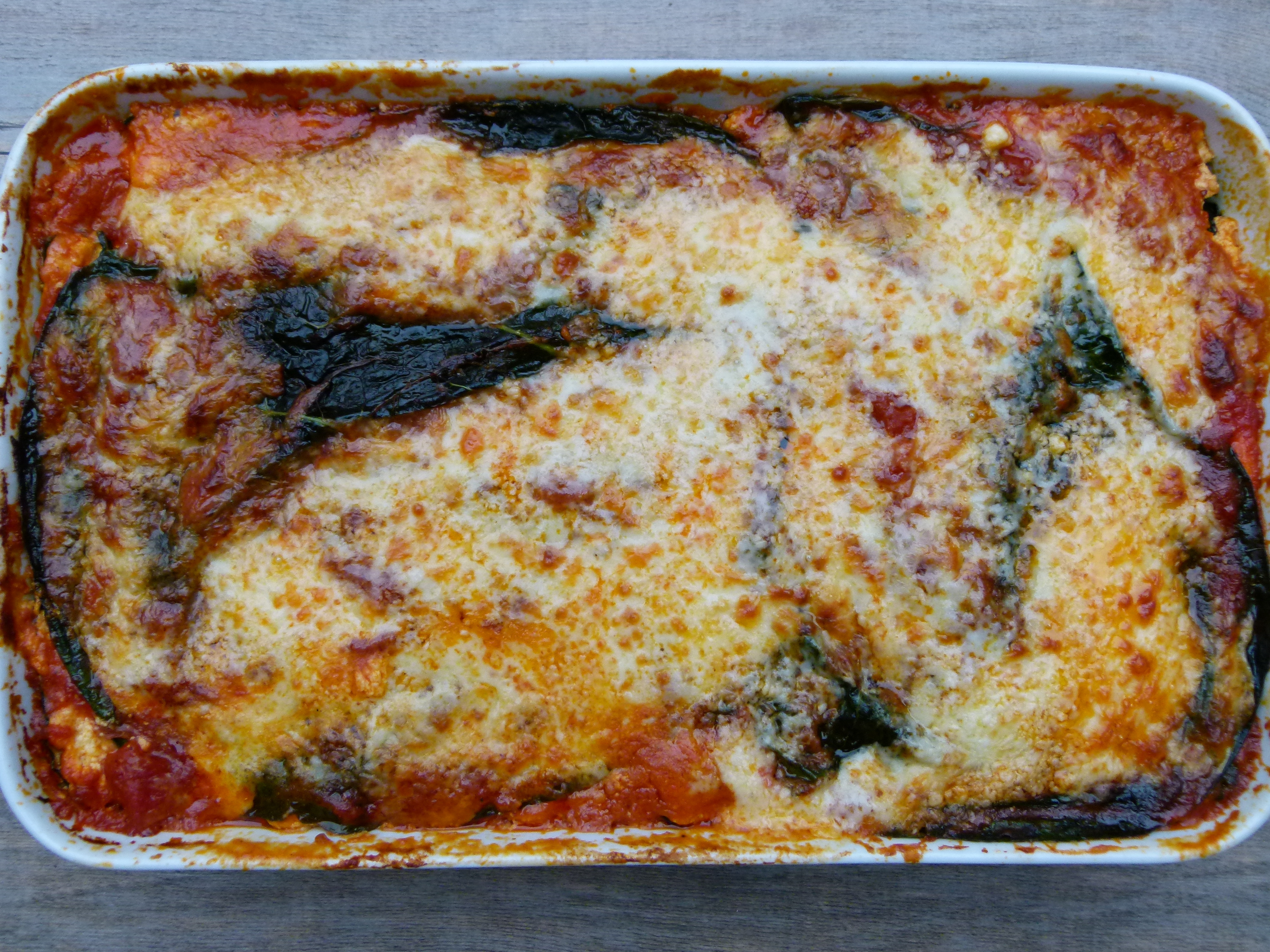
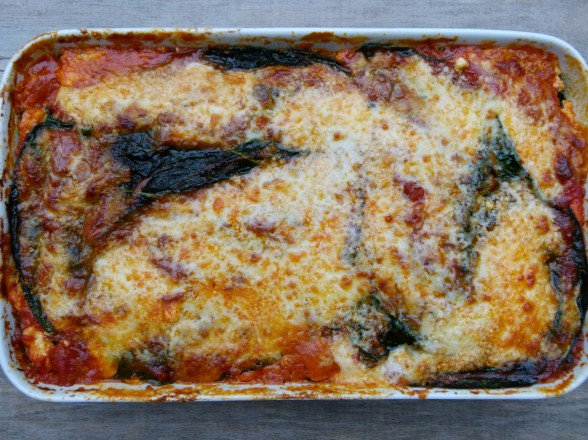
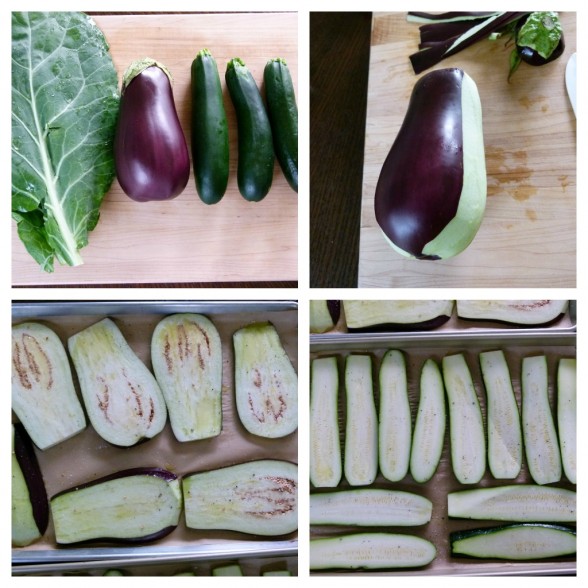
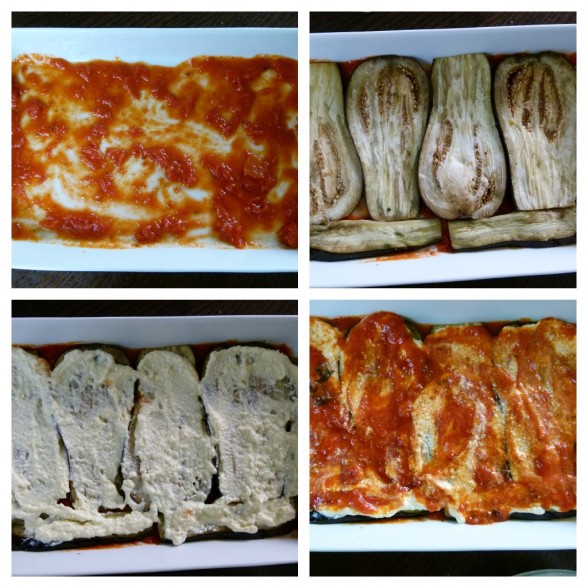
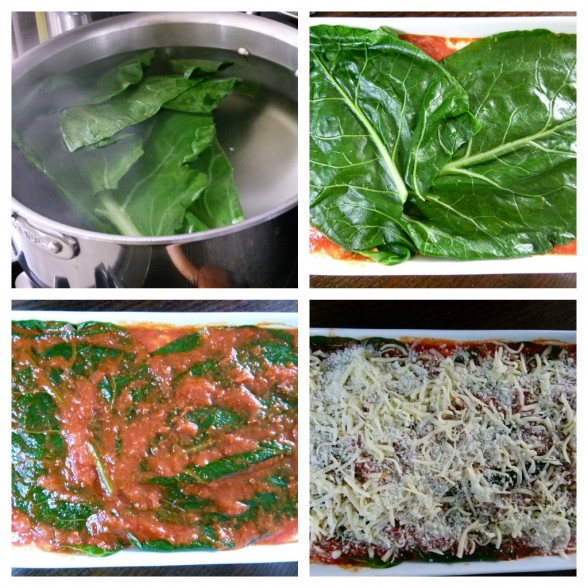
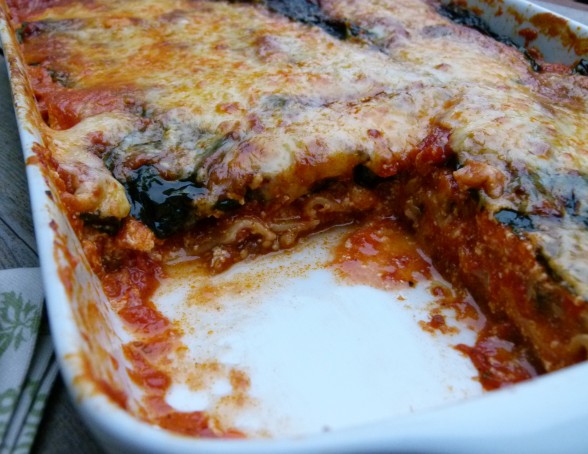
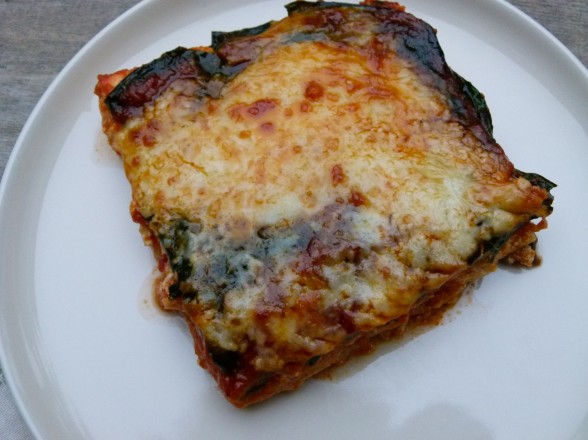

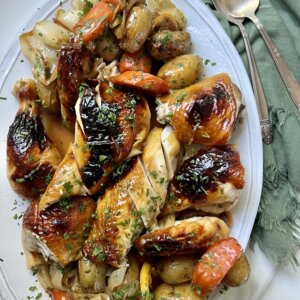

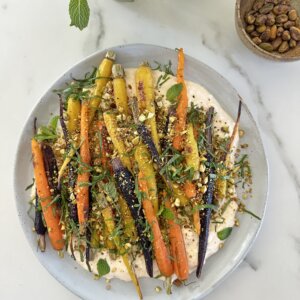
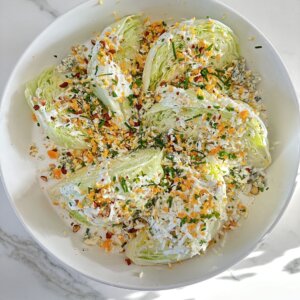

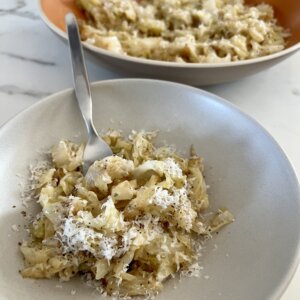
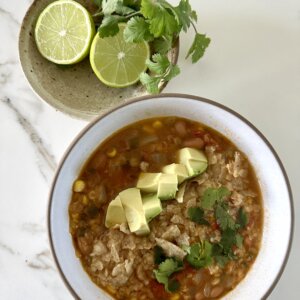
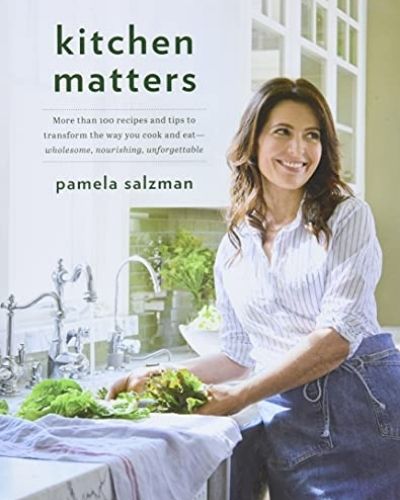

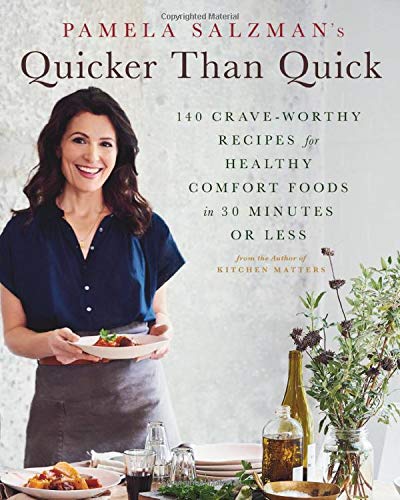
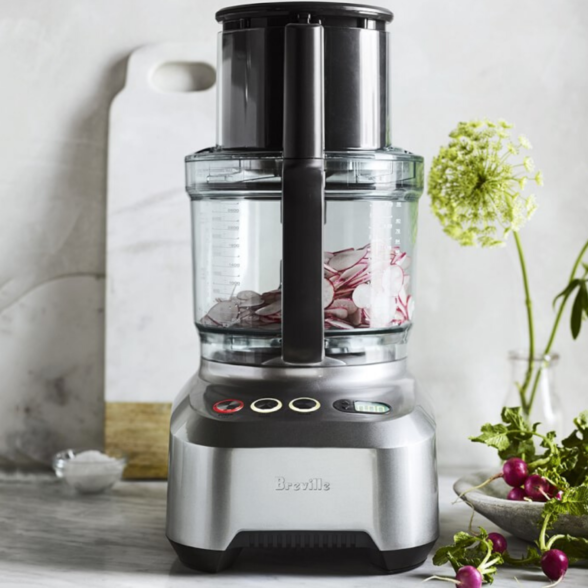
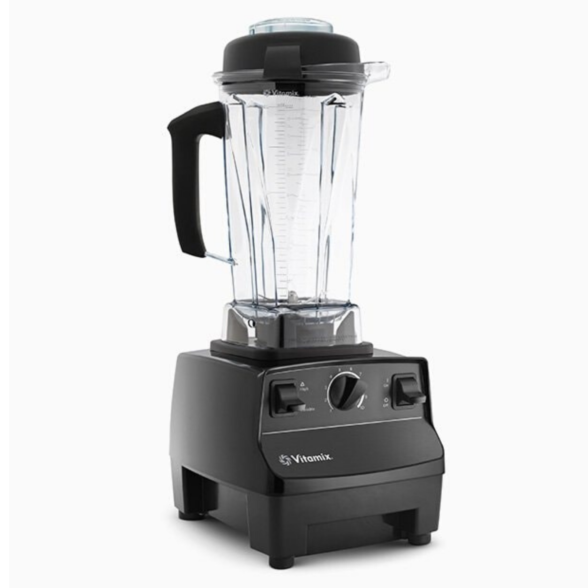
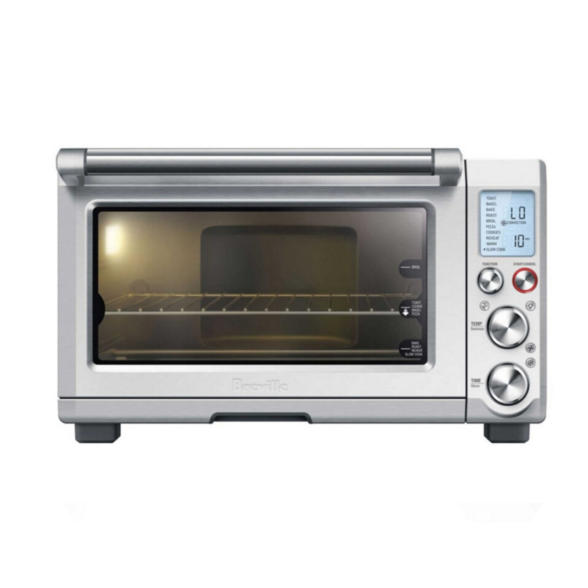
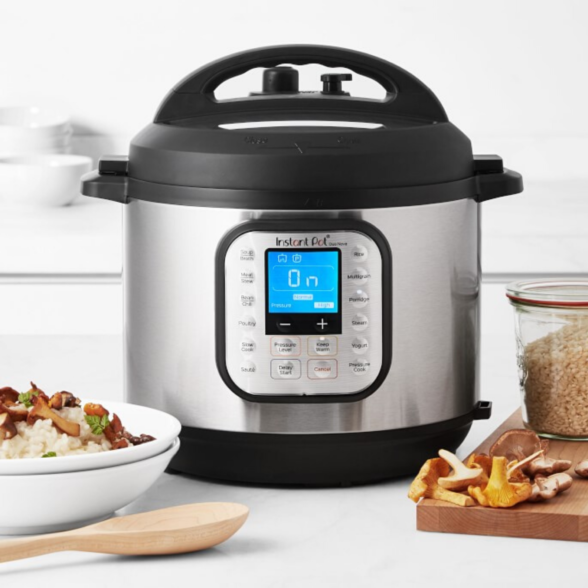
22 Comments
Hi Pamala, In general, when you say Roast, do you mean use the Roast setting, not the Bake setting? I recently learned in my Wolf oven that the Roast setting heat is 75% from the bottom of the oven and 25% Broil (from the top of the oven). The Bake setting is 90% from the bottom and 10% broil.
I can’t specify settings like that because all ovens are different and many people have older ovens without specific roast or bake settings. If you are roasting something like this lasagne or vegetables, by all means, try the roast setting on your oven, but keep an eye on it and make sure it doesn’t brown too quickly.
John made this tonight and it was delicious! Is there a way to have it come out more firm/not so soft?
I would say you could cut your vegetables a little thicker or cook them less so that they aren’t so soft. 🙂
Since I’m dairy free I was trying to figure out what to use to replace the ricotta… Found a macadamia nut “ricotta” recipe…macadamia’s, salt, lemon, and water. Hopefully it comes out good!
I’m sure it will be great. Kite Hill almond milk ricotta will also work well.
I made this today for to have with a friend that came over for lunch. WOW! We absolutely loved it!! My husband joined us and had three servings of it. I am not a big eggplant fan but loved it in this dish, so I guess I will be eating more eggplant from now on!! It’s also great that mine looked beautiful just like yours in the photo!!
Fantastic!
Hi Pamela, Okay, my family LOVES this recipe, I make it at least once a month in the colder months. I planned to make it a couple weeks ago and realized last minute that I was out of no boil lasagna noodles, so I threw some regular lasagna noodles in there to experiment. To throw another wrench into it, we ended up not eating in that night, and would be out of town all weekend so I took a chance and put it in the freezer. I threw it into a 325 degree oven tonight and it came out so great!!! I just thought you would like to know, that when in a pinch, regular lasagna noodles work great and that this freezes and reheats straight from the freezer perfectly! yummmmm!
Wow! This is amazing, Lauren. Thank you for taking the time to share your experience. Just a few questions 🙂 — did you precook the noodles first? Did you thaw the lasagne before cooking it? How much time did you need? Thanks!
I didn’t pre boil the regular lasagna noodles, I just treated them like the no boil ones the recipe calls for, it was a risk, but turned out great! I didn’t thaw the lasagna, I just threw it into the oven straight from the freezer in the Pyrex. I did lower the temperature to 325, just to make sure it cooked all the way through, it took about an hour and 30 mins for the lasagna to get bubbly (and smell good), then I removed the foil and baked it for another 30, when the cheese was browned, I also let it sit for another 30 mins before I cut it…it definitely took a lot longer, but having it frozen sure saved me a lot of prep time and dishes!
Wow. I had no idea you could do that with the noodles. So good to know. Thanks so much for reporting back!
Well… I made this over the weekend and I used a goat cheese mozzarella on top (instead of cow) which gave it a really nice zing. This lasagna was incredible and it is now all gone. My boyfriend said it was the best lasagna he has ever eaten in his life! I literally woke up to him eating it in the middle of the night (late night lasagna snack)… He couldn’t get enough.
So, thank you for this terrific recipe!
That’s so amazing! Thanks for the comment, Barbara…made me happy!
I’m not a big lasagne fan but this is not your ordinary lasagne. I’m going to make this for my running group tonight. One clarification…in the recipe it reads: “Roast until tender, about 30 minutes. Then lower the temperature to 350 degrees.” How long should I leave the vegetables in the oven at the lowered temperature of 350 degrees?
Thanks for pointing this out, Sunni. The directions are not super clear. You take the vegetables out after you have cooked them until tender, about 30 minutes. Remove them from the oven and then lower the oven temperature because you will be baking the lasagne at 350. Hope that helps!
This was so delicious and my family didn’t miss the pasta one bit!!! I loved the collard greens as the top layer – my 6 year old daughter helped me make it and while she claims to hate tomato sauce, she ate an entire piece the evening I served it and another one for lunch the next day – hooray!!!
Hooray is right!! I’m so glad you wrote in to tell me =)
Can I substitute spinach for collards. I have no idea what they are? Not a big fan of eggplant. What else could I use?
Looking forward to trying this “light” lasagna.
Hi Mary, Good questions! Collards are pictured in the first photo to the left of the eggplant. They’re nice and sturdy, which is why they work well as a lasagne layer. I wouldn’t use spinach, though — too delicate and watery. I know that Swiss chard would work, if you can find that in your area. As for the eggplant, you can use another layer of squash or you might try using some large portobellos and cutting them crosswise so you get 2 discs from each. Hope that works out for you!
I have never made lasagne before and very very seldom would I order it out as I know it is too rich with too much pasta and cheese for me. Well you nailed it in this recipe. It still tastes very cheesy and you think there is a lot of pasta in it. I have made it numerous times since you featured it in class a few months ago and my whole family and friends have asked for the recipe. It is absolutely delicious! Thank you.
That’s amazing to hear, Tina! Thank you~